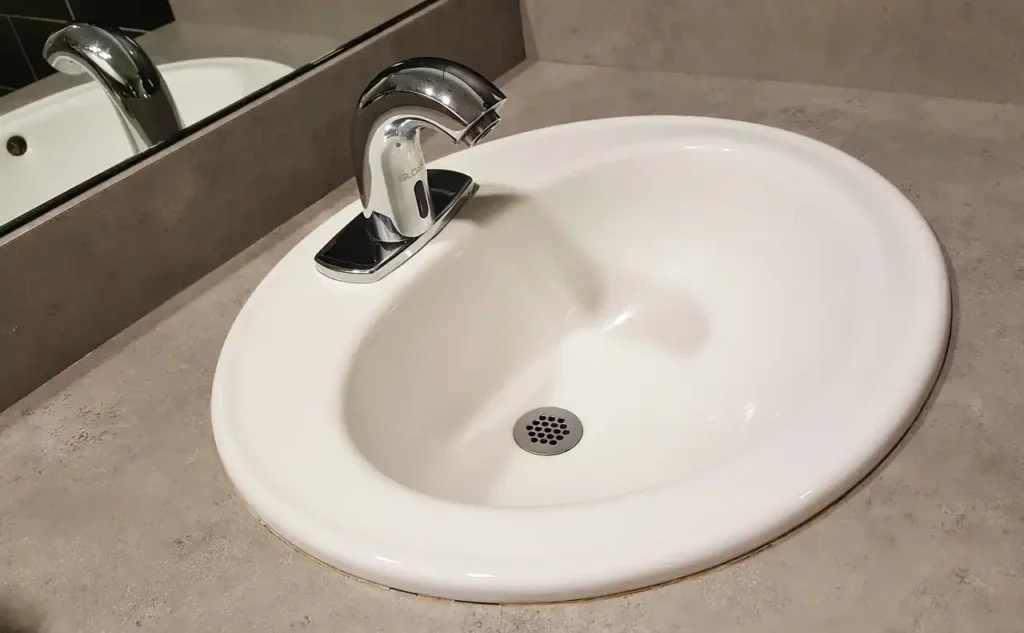
Silicone sealant is a common sealing material used in kitchens and bathrooms. It prevents moisture and dirt from seeping into crevices and keeps things hygienic and tidy. However, because silicone sealant easily absorbs moisture and grime, when exposed to humid and dark environments for a prolonged period, it can become moldy and discolored, affecting aesthetics and health.
Steps for Clean Mold from Silicone Sealant
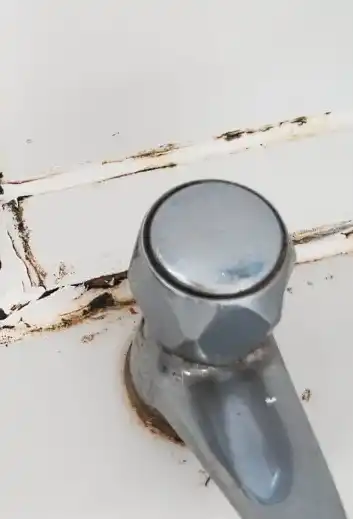
Keep the silicone sealant, remove the mold (Methods 1-5)
If your silicone sealant has molded but you don’t want to remove it, there are some methods to restore it to cleanliness. These methods use common cleaning agents and don’t require any special tools, just some tissue paper, cotton balls, or a brush. Here are four methods to keep the silicone sealant:
Method 1: Bleach
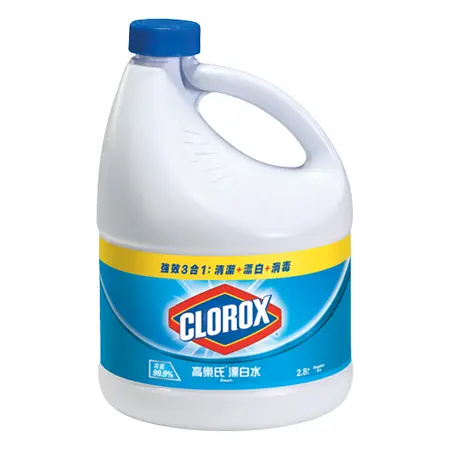
Simply pour undiluted bleach onto the molded silicone sealant, then fix it in place with tissue paper and let it sit for a while. This can restore the silicone sealant to a brand new look.
Method 2: Hydrogen peroxide
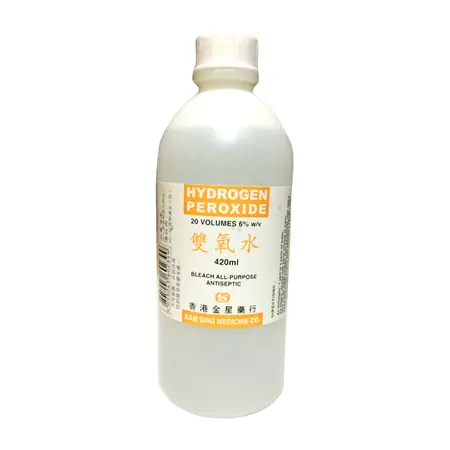
Soak cotton balls in hydrogen peroxide, then apply to the molded silicone sealant. This quickly eliminates mold.
Method 3: Boric acid powder
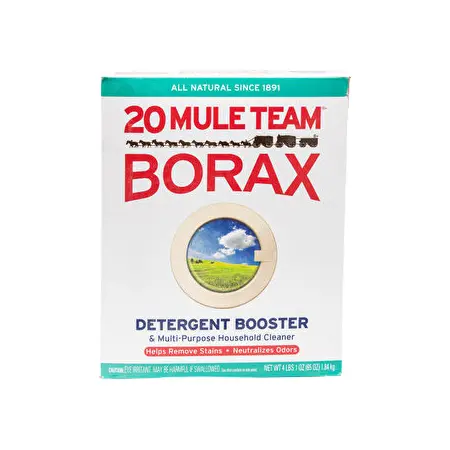
Mix boric acid powder with clean water in a spray bottle, shake well, then spray onto the molded silicone sealant and scrub clean with a brush.
Method 4: Baking soda and white vinegar
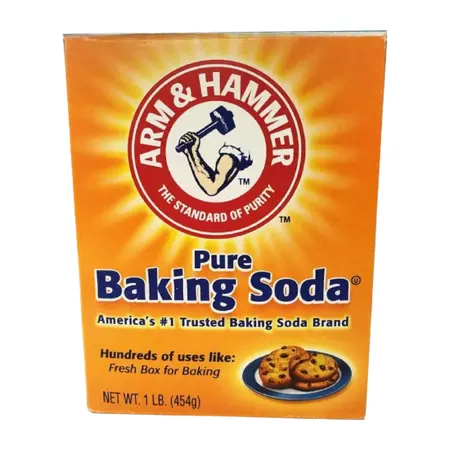
This is a homemade cleaner that neutralizes pH levels and removes stains. Just mix baking soda and white vinegar into a paste, then apply it to the molded silicone sealant with a brush. Rinse clean after cleaning.
Method 5: Rubbing alcohol
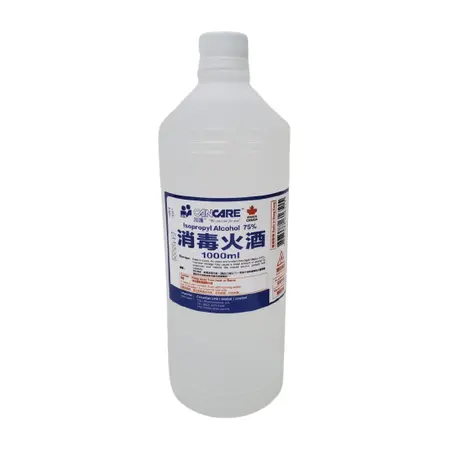
This is a disinfecting and preventing method. Just pour rubbing alcohol onto the molded silicone sealant, then fix it in place with tissue paper and let it soak in. This can soften the silicone sealant for easy scraping.
Remove old silicone sealant and apply new (Methods 6-7)
If your silicone sealant is severely molded, or you want to change the color or texture of the sealant, then you’ll need to remove the old sealant and apply new. These methods require some special tools or removers, and new silicone sealant. Here are three methods for removing old sealant and applying new:
Method 6: Heat gun

Use a heat gun to soften the molded silicone sealant, then scrape it off with a blade or scissors.
Method 7: Silicone sealant remover

Purchase a silicone sealant remover from the market and use according to the instructions. This will dissolve and remove old sealant.
FAQs
Q: Why does the silicone sealant peel off quickly after application?
A: There are several possible reasons why silicone sealant peels off quickly after application:
- The surface was not properly cleaned before application, leaving behind oil stains or dust that affected the sealant’s adhesion.
- The surface was not allowed to completely dry before application, allowing moisture to interfere with the sealant’s curing.
- Unsuitable or expired sealant was used, resulting in decreased adhesion or curing ability.
- Too much or too little sealant was applied, resulting in uneven pressure or air gaps.
Q: Why does the silicone sealant mold again quickly after removing the mold?
A: There are several possible reasons why silicone sealant molds again quickly after mold removal:
- The mold was not completely eliminated and only surface cleaned.
- The humid, dark environment was not improved, allowing mold regrowth.
- Regular maintenance and cleaning of the sealant was neglected, allowing dirt buildup.
- Unsuitable or expired sealant was used, impacting quality and performance.
Q: How can I apply silicone sealant for the best look?
A: If you find your applied silicone sealant unsightly, here are some tips to improve its appearance:
- Before application, tape off or newspaper off the area to avoid going out of bounds.
- After application, use your finger or a putty knife to smooth the surface before it dries, removing excess sealant.
- Once dried, use a blade or scissors to trim any protruding or uneven sections.
- After application, use silicone sealant tools like a caulking knife to help smooth it out. You can also refer to this article to learn the basic steps of applying silicone sealant.

